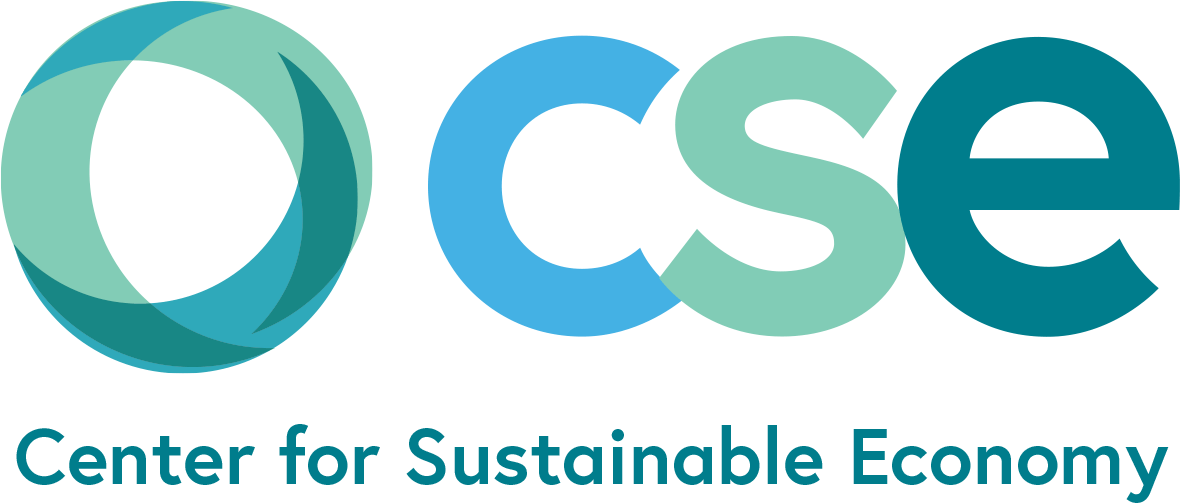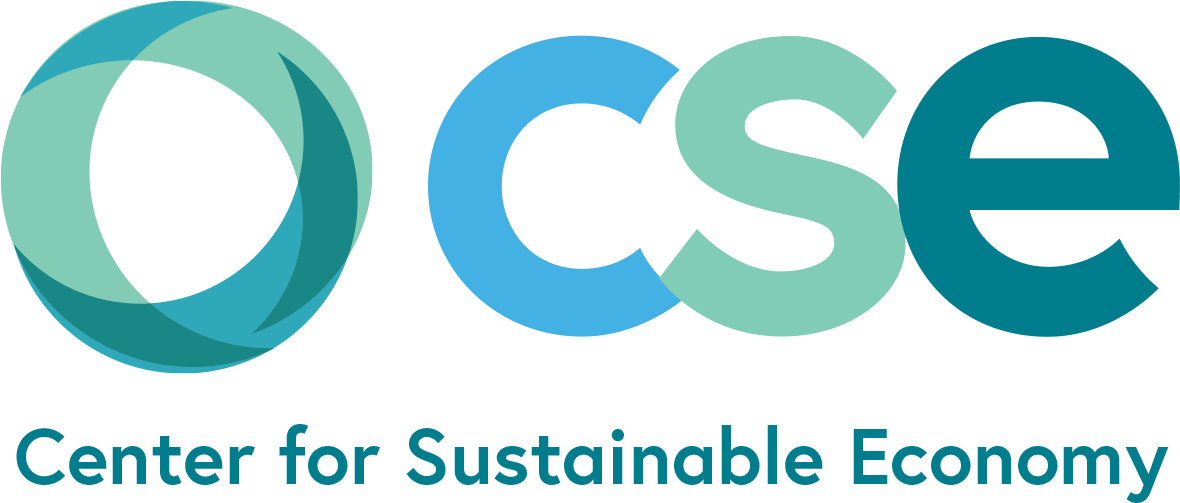NEW MEASURES OF PROGRESS
PROGRAM OVERVIEW
The hallmarks of a sustainable and just economy have been well researched and articulated. Ever since the first Earth Summit in Rio in 1992 this vision of sustainable development has been refined in greater and greater detail. More local self-reliance and less dependency on imports and exports. Economic diversity rather than dependence on one or two key sectors. Protection of natural capital assets like forests, estuaries, wetlands, and grasslands for the ecosystem services they provide to local economies free of charge. High quality education for all. Renewable energy as the norm and not the exception. Equal access to high quality education, health care and public services.
The transformation we need is well understood. What is lacking is the political will to implement the policies that need to be put in place to expedite a rapid transition. At CSE we consult with community organizations, government agencies, and experts to explore options for policy makers at the national, state, and local levels to expedite this transition through the powers they have to regulate harmful economic activities, raise revenues through taxes and fees, and spend and invest public money in socially productive ways.
CURRENT PROJECTS

Sustainable Development Policy and Planning
Economic development planning provides a powerful tool for governments at every level to create a vision of where the economy needs to go and what policies and investments need to be made to get there. CSE lends our expertise to help create those visions and set appropriate goals, targets, and timelines. We also analyze the benefits and costs of doing so, and make recommendations as to what sectors hold the most promise for maximizing sustainable development returns over time.

Sustainability Indicators
The world needs new economic indicators to drive policies that spur equitable growth in wellbeing while reducing our use of natural resources. The global Beyond GDP movement was formed to vet and demonstrate such indicators, and CSE plays an important role in this by advancing the science and practice of the Genuine Progress Indicator (GPI) and Ecological Footprint. The GPI is an alternative to GDP that accounts for the benefits of care work, higher education, modern infrastructure, and ecosystems services as well as the costs of pollution, deforestation, income inequality, crime and other social ills. The Ecological Footprint tells us whether the economy is operating safely within planetary boundaries or breaching of those boundaries by depleting or contaminating the stocks of natural capital on which all economic activity ultimately depends.

Ecological and Carbon Footprint Analysis
CSE’s fellows have extensive experience conducting ecological and carbon footprint analysis for legislation, programs and projects that are being considered for approval by public agencies. We conduct such analyses for clients, and then work to ensure that our research is included in the decision-making process so that reasonable alternatives to projects with excessive footprints can be evaluated fairly with objective data.
FEATURED WORK







